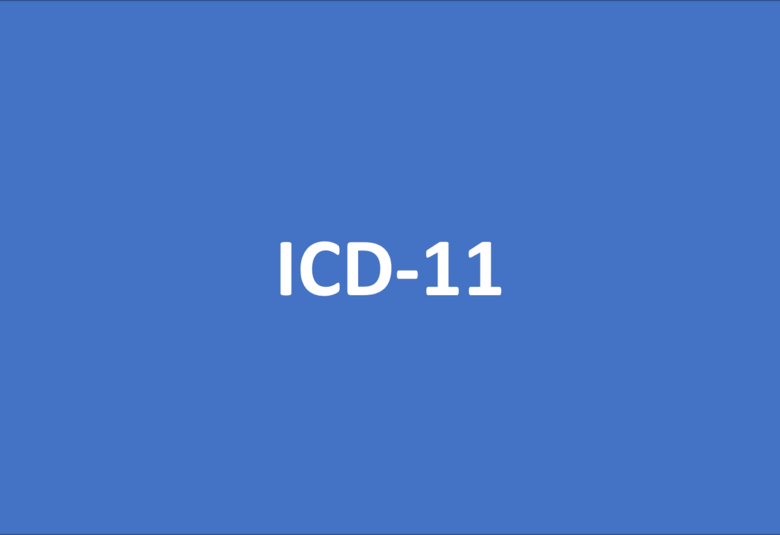In a topical symposium at #EAN2021, three speakers discussed what is new on targeting CGRP for migraine prevention. Dr Anna Andreou, Kings College London, UK, presented emerging evidence from real world studies for the long-term efficacy and safety of CGRP antibodies as migraine preventives. Professor Dimos-Dimitrios Mitsikostas, National and Kapodistrian University of Athens, Greece, shared cross-trial comparisons of different agents and classes of agent that can provide important information regarding relative efficacy and safety. Although advice on switching therapies is limited, Dr Pablo Irimia Sieira, University of Navarra, Spain, reported real world evidence showing that switching between CGRP antibodies may be worthwhile for some patients with migraine.
CGRP antibodies effective in the real world
Dr Anna Andreou, Kings College London, UK, discussed emerging evidence that calcitonin gene-related peptide (CGRP) antibodies are demonstrated as effective preventive treatments for episodic and chronic migraine in the real world, supporting what is known from randomized clinical trials.1 The average reduction in monthly migraine days (MMD) with CGRP antibodies is around 6-9 days and approximately 40-60% of people get a 50% reduction in MMDs.2-4
CGRP antibodies are demonstrated as effective migraine preventives in the real world
Dr Andreou reflected that while shown to be safe and well-tolerated in the short term, studies are gathering safety data for long term use of CGRP antibodies and further data are needed.1,5,6
Nonetheless, one study does not support discontinuation of CGRP antibodies after 12 months.7 After treatment interruption, migraine frequency rose in most patients over 3 months, and prophylaxis was required again by most patients (N=52).7
CGRP antibodies more likely to help than harm
Professor Dimos-Dimitrios Mitsikostas explained that although there are no head-to-head comparisons of CGRP antibodies with established preventives, cross-trial comparisons can deliver important information. Likelihood to help versus harm (LHH) – the ratio of number needed to treat for a patient to experience an adverse event: number needed to treat for a patient to achieve ≥50% reduction in MMD – was calculated from phase 3 randomized clinical trial data.8
With the LHH analysis, Professor Mitsikostas and colleagues demonstrated that CGRP antibodies exhibit a more favourable benefit:risk ratio than established preventives for episodic and chronic migraine.8
CGRP antibodies exhibit a more favourable benefit:risk ratio than older migraine preventives
Rationale for switching CGRP antibodies
Dr Pablo Irimia Sieira discussed approaches to individualizing preventive treatment in clinical practice. By the time people with migraine are placed on a CGRP antibody they typically have failed several other preventive medications.9 Among people who have tried one of the older migraine preventives, many do not adhere to treatment due to poor tolerability, lack of efficacy or both.10-12
Clinical decision making should take into account patient preferences and personal experience alongside the best available scientific evidence
There is limited guidance on switching CGRP antibodies in non-responders due to a lack of data from randomized studies or registries, although a 2020 update to the German Society of Neurology guidelines suggests that an attempt to change CGRP therapy is justified.13
Differences between CGRP antibodies support the rationale for switching. Failure to respond to a monoclonal antibody against CGRP ligand or its receptor does not preclude lack of efficacy to another drug from the same therapeutic class.14 And switching medications is routinely done with other classes of medications for migraines.
For 30% of patients who do not respond first time, a switch to a second CGRP antibody may be worthwhile
In a retrospective analysis of refractory migraine patients (N=121), when patients were switched from one CGRP antibody to another due to lack of efficacy or side effects, around one-third did well on the second CGRP antibody.9
Our correspondent’s highlights from the symposium are meant as a fair representation of the scientific content presented. The views and opinions expressed on this page do not necessarily reflect those of Lundbeck.




